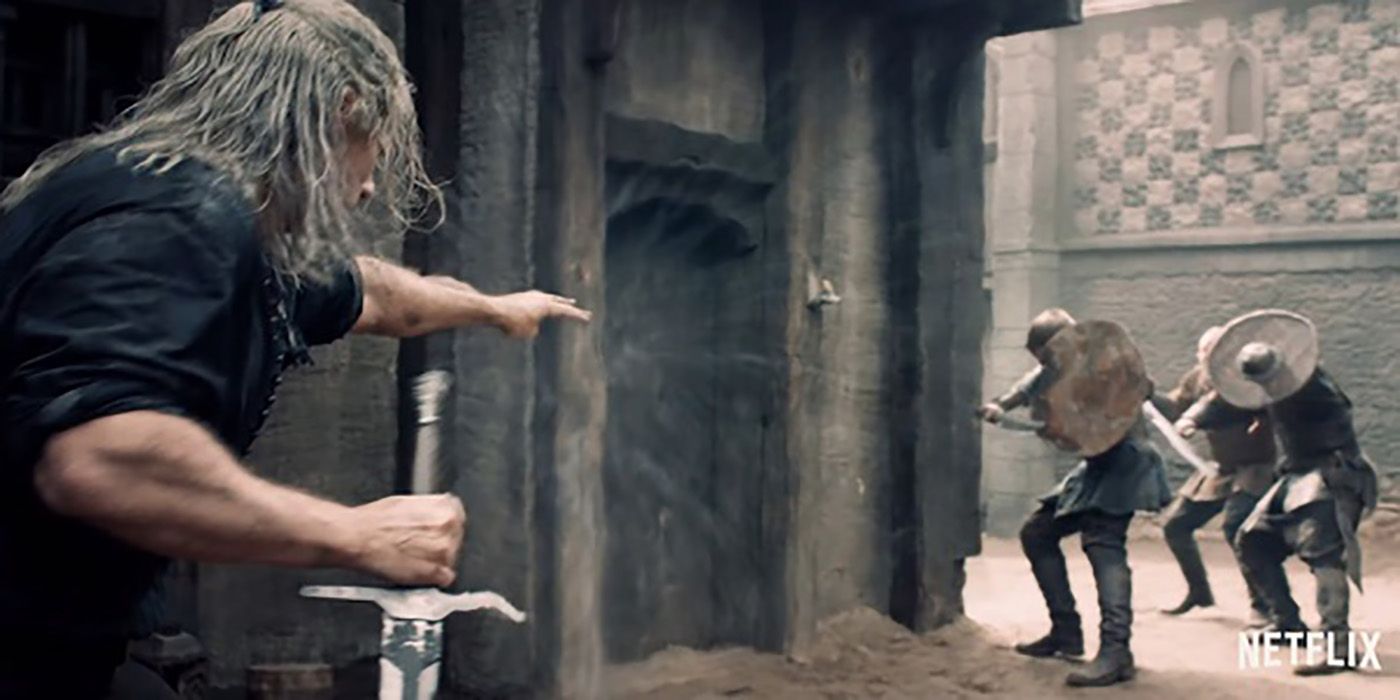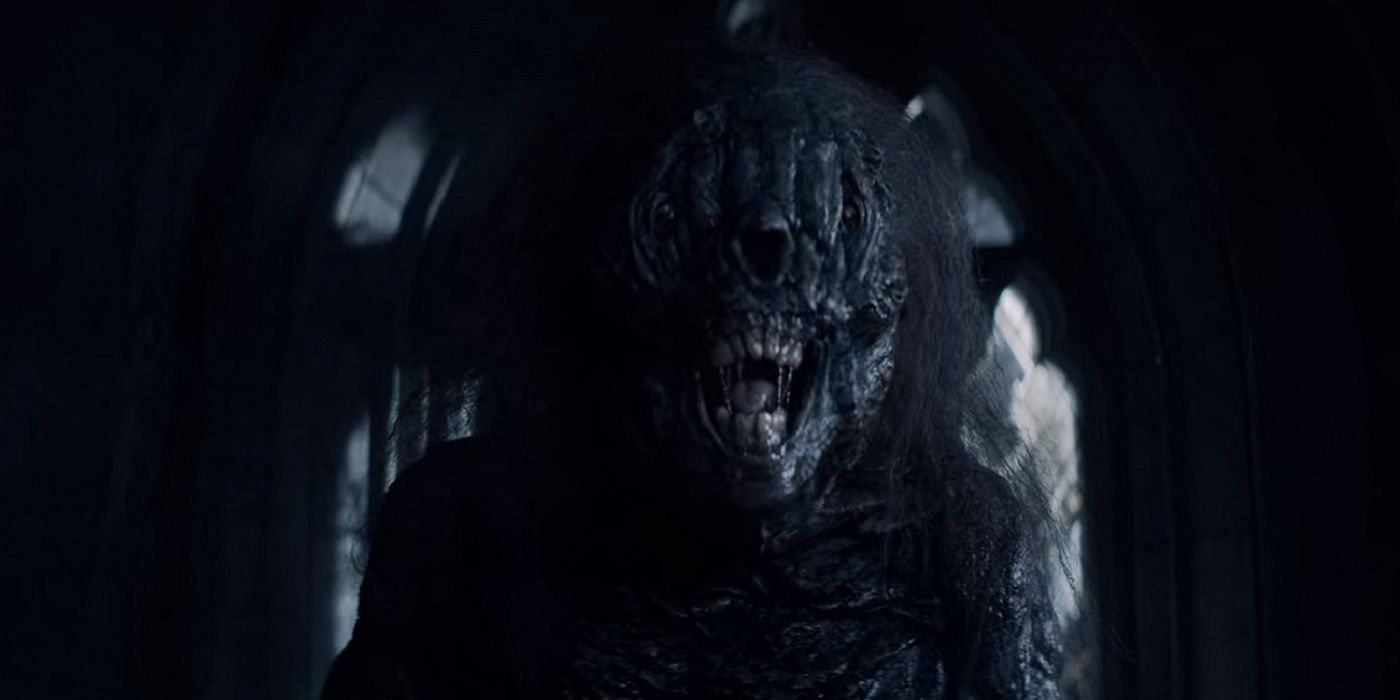Netflix's The Witcher tells the tales of three individuals whose destinies are intertwined: Ciri, Yennefer, and Geralt of Rivia. The latter, as many know, is a Witcher, a mutant who has undergone intense transformations at the hands of alchemists and their mutagens. As such, Geralt is faster and stronger than the average human, is capable of killing inhuman prey, is sterile, has cat-like eyes and senses, has incredibly high resistances to diseases and a boosted immune system, has a longer lifespan and prolonged youth, has accelerated healing, and has the ability to case a simple form of combat magic known as Signs, which is shown to some brevity in The Witcher series. NOTE: This article may contain SPOILERS for The Witcher.
While simple, there are a plethora of handy Signs for Geralt to choose from. These are Aard, Axii, Hate-Reflecting Sign, Heliotrop, Igni, Quen, Somne, Supirre, and Yrden. Those who have played (or returned) to The Witcher 3: Wild Hunt may recognize some of these, but chances are, there's a few that aren't as easily recognizable. Because of this, here's what each and every sign does, whether from the games, books, or other lore sources:
- Aard: a telekinetic thrust
- Axii: a hypnotic effect that can calm or manipulate foes
- The Hate-Reflecting Sign: a reflection of the opponent's hate, bloodlust and hunger back to it to make it afraid.
- Heliotrop: a temporary defense again combat magic, physical attacks, and various impacts. It's one strike, making it different from Quen.
- Igni: a pyrokinetic blast capable of igniting and burning enemies
- Quen: active until broken or dispelled, it provides protection from sonic blasts and similar attacks, expanding to cover more as skill with it grows.
- Somne: puts the target to sleep.
- Suppire: used for eavesdropping.
- Yrden: a magic trap designed to keep enemies away, slowing down any who dare cross it.
When it comes to the Netflix series, there were only a few moments where Geralt broke out a Sign. Notably, it could have been even less, as it was revealed that Henry Cavill pushed for more Signs in the Witcher show, resulting in what we have today. With that in mind, here is every Sign used throughout the show.
Aard
Perhaps the most easily identifiable Sign, Aard is first used in Episode 1 during the fight in which Geralt of Rivia would become the Butcher of Blaviken. He simply uses it to thrust a group of men he is fighting backward. It pops up a time or two more, with Geralt using it to minor effect such as crumbling in a wall or floor, but that's mostly it.
Axii
Also during Episode One of the Witcher, it seems Geralt attempts to use Axii to sway Renfri away from her course of action and convince her to leak Blaviken, yet this is done to no avail. Later on, Geralt also attempts to use Axii to calm Pavetta, Ciri's mother, down when she summoned forth the whirlwind, once again to no avail. This is likely due to both figures having a resistance to magic, though it can also fail against those with a particularly strong will.
Yrden
In Episode 3, Geralt must fight a Striga until dawn, a task that seemed daunting upon his own realization. It also seems Geralt must prevent the Striga from returning to its crypt, therefore choosing to seal it and the nearby entrance with Yrden. There's some debate as to whether this is Quen or not, but considering the use of it as a way to repel monsters and essentially function as a trap, it seems far more likely that this is Yrden (as it was in the books).
The Witcher can be streamed now on Netflix.


